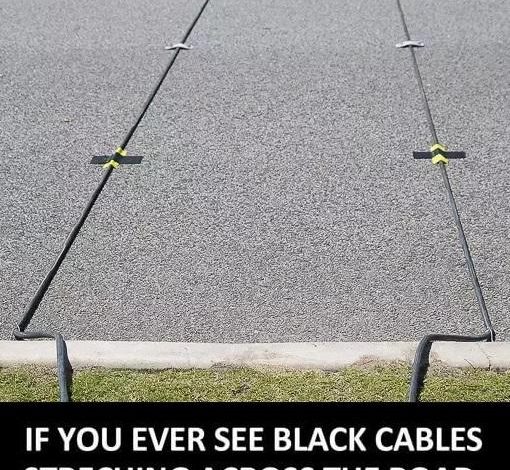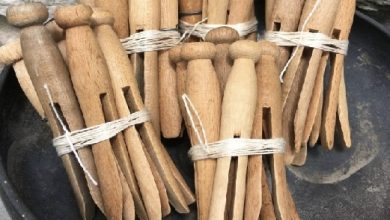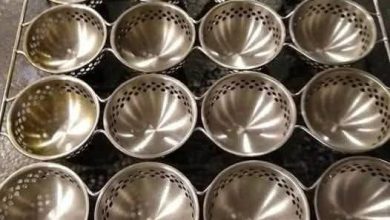If You Ever See Black Cables Stretching Across The Road, This Is What You Should Do

You might be driving along and suddenly see something interesting on the road: black cables stretched straight across your lane. These simple-looking tubes might make you wonder what they are doing there. Well, these “silent traffic observers” are actually working hard to collect information that helps make our roads better. This information gives us “Data-Driven Traffic Insights.” Keep reading to learn more about these helpful tools:
As you drive on different roads every day, whether it’s a big highway or a smaller local road, you may have seen these black cables lying across the pavement. They might seem a bit strange, like quiet watchers of all the cars going by. But these “enigmatic tubes” have a very important job in how our roads are managed and planned. These simple black cables are actually “portable traffic counters” that are put down by the people in charge of our roads to gather information. Local government groups mostly use them to understand how many cars are using the roads and what the traffic is like. There can be “more than 12,000 of these traffic counters scattered across the state,” and they give us very important information that helps plan and build our future roads.
How These Black Cables Actually Work
The way these simple rubber tubes work is quite clever and easy to understand. “Each time a vehicle’s tires contact the tube, a burst of air is triggered, setting off an electrical signal recorded by a counter device.” This smart system can count how many cars drive over the tube in a certain amount of time. By looking at how much time passes between these “air bursts,” the people in charge of roads can learn when the roads are most busy. Sometimes, these tubes are put down in pairs. When there are two tubes, they can give us even more information, like what kind of vehicle it is, how fast it’s going, and which way it’s traveling. This information is really important because it helps decide things like what kind of road signs we need, what the speed limits should be, and how much money should be spent on transportation. “Based on these insights, municipalities can fine-tune their traffic management strategies, ensuring that road systems remain efficient and safe for all road users.” You can even watch a video below to see them in action:
More Than Just Counting Cars
While the main job of these “pneumatic road tubes” is to count traffic, they do much more than just that. “These inconspicuous instruments serve as multi-dimensional data collectors, playing a pivotal role in enhancing our road infrastructure and ensuring smooth traffic flow.” The people at “The U.S. Department of Transportation sheds light on the operational intricacies of these tubes.” They explain that “When a vehicle’s tires traverse the rubber tube, a burst of air pressure is generated, closing an air switch that sends an electrical signal to a counter device.” These tubes can be set up for a short time, maybe just for one day, or they can be put down permanently to watch the traffic all the time. The temporary ones give a quick look at how traffic is moving, while the permanent ones give a long-term picture.
The people who manage our roads usually put these black cables in places where not much else will get in the way, like on straight parts of the road. When they use just one tube, they can count the cars and see how much time passes between them. When they use two tubes together, they can learn even more, like how many axles the vehicle has (which helps figure out if it’s a car, truck, etc.), which direction it’s going, and how fast it’s moving. These tubes are also helpful when people who live in a neighborhood are worried about things like cars driving too fast or people using their street as a shortcut. The tubes can be put down to check if these worries are true. The information they collect also helps decide how much money to spend on different transportation projects and helps find good solutions to traffic problems. So, “in conclusion, the next time you encounter those mysterious black cables stretching across the road, you can appreciate the intricate web of data they weave behind the scenes.” “These unassuming instruments serve as silent observers, capturing the heartbeat of our roads and guiding the decisions that shape our transportation landscape.” “As you pass over these tubes, remember that they are more than meets the eye— they are the pulse of our evolving road networks.”




